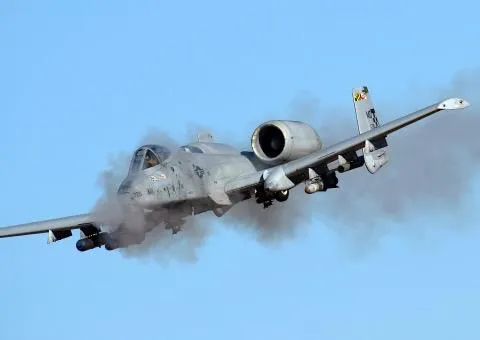2-SECOND BURSTS
SHORT THOUGHTS ON LEADERSHIP, DECISION-MAKING, FLIGHT, AND OTHER TOPICS OF THE DAY
ARTICLES

Beyond the Plan
"No plan survives contact with the enemy." --Prussian Field Marshal Helmuth von Moltke
Before every combat mission, we'd receive an intelligence briefing from our intel experts, along with a stack of charts, plan descriptions, contact information, expected enemy actions and troop concentrations, and overall flow of the ground forces' scheme of maneuver. At the top of every one of those briefs was the ground commander's intent.
I'd review all of the plan, make note of the key information, then turn the entire stack of paper over for my own notes during the fight. All of that information was nice, sometimes helpful, but in the heat of battle little of it often mattered beyond commander's intent.
Planning is key. It forces you to think through courses of action, consider potential challenges, prepare for how you will gain and maintain the initiative, line up decisions and follow-on actions, and so much more. But those plans seldom look like the final fight.
Where planning is valuable is the 'chair-flying' you do in anticipation of certain situations. By thinking through options, you are already leaning in a certain direction. It helps you orient yourself to more quickly make decisions in the heat of battle, and you have a better understand of priorities, what matters in certain instances.
In combat, in a competitive business environment, sports and so many other settings, the 'enemy gets a vote.' During planning, you try and determine the enemies most likely courses of action, most dangerous courses of action, and how you can drive your competition to a certain action that benefits you. Sometimes that works, and sometimes the competition surprises you with a different direction or approach. But the planning still matters, still helps, still accelerates your ability to think and act.
In the military, we often used the term "Commander's Intent" to describe what is most important to the leader, what their desired end state is. Planning with the Commander's intent up front allows the team to think through alternative routes to the desired end state, to consider not just the path but what winning looks like. Commander's intent allows for greater autonomy, greater trust at the execution unit level.
Sports teams, business units, or any other organization can also rely on Commander's intent to ensure the daily actions of the team constantly reflects the overall direction and final goals of the team's leader. A leader who provides that intent, or Vision, will have a much easier time leading and trusting their team during the entire execution phase of any endeavor. Establishing a vision up front, a clear picture of "where" and not necessarily "how" allows the team to start thinking ahead, solving the problem without your full intelligence brief.
Plans are never perfect. Beyond the plan, a clear understanding of where your leadership wants to go is the key to success in any engagement. Think beyond the plan.

CONTACT DEREK!

MEDIA INQUIRIES
Members of the press are welcome to contact us regarding any requests at [email protected] ;
(385) 777-6285

